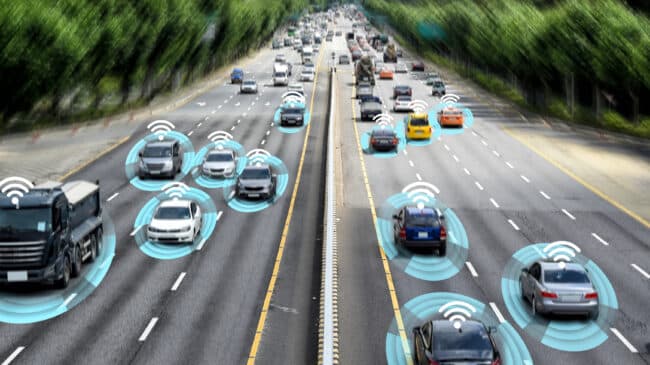My name is Marc Scribner and I am a senior transportation policy analyst at Reason Foundation. My work focuses on a variety of policy issues related to transportation, land use, and urban growth, including infrastructure investment and operations, transportation safety and security, risk and regulation, privatization and public finance, urban redevelopment and property rights, and emerging transportation technologies such as automated road vehicles and unmanned aircraft systems.
I have has testified before Congress at the invitation of both Democrats and Republicans on issues including highway revenue collection, traffic congestion management, and airport financing. I am a member of the Transportation Research Board’s Standing Committee on Emerging Technology Law. I’m here today testifying to Washington State’s automated vehicle working group to discuss best practices for state automated vehicle legislation.
I’ll start by defining what is an automated vehicle. Then, I will highlight existing state automated vehicle policies. Finally, I will provide real-world recommendations for state policymakers.
The Society of Automotive Engineers (SAE) developed five levels of automation. Levels 0, 1, and 2 are driver support levels. These include features such as adaptive cruise control and lane centering. These types of automation can serve as an aid to the driver but is not a replacement for the driver. In levels 3, 4, and 5 the vehicle is driving itself, sometimes in very limited situations. These include features such as traffic jam chauffeur and driverless taxis.
The full testimony is available here: 10 Best Practices for State Automated Vehicle Policy

